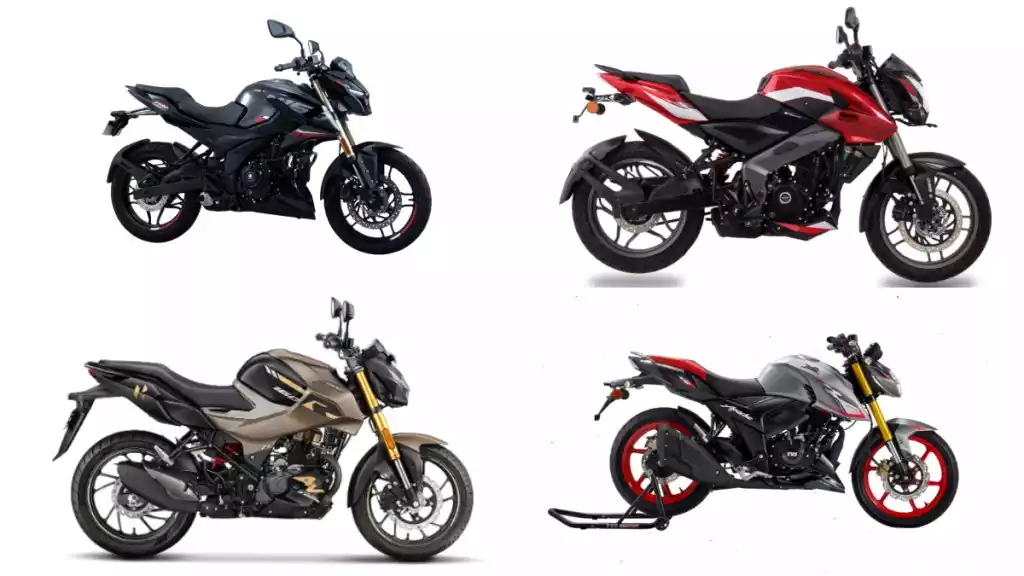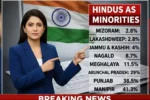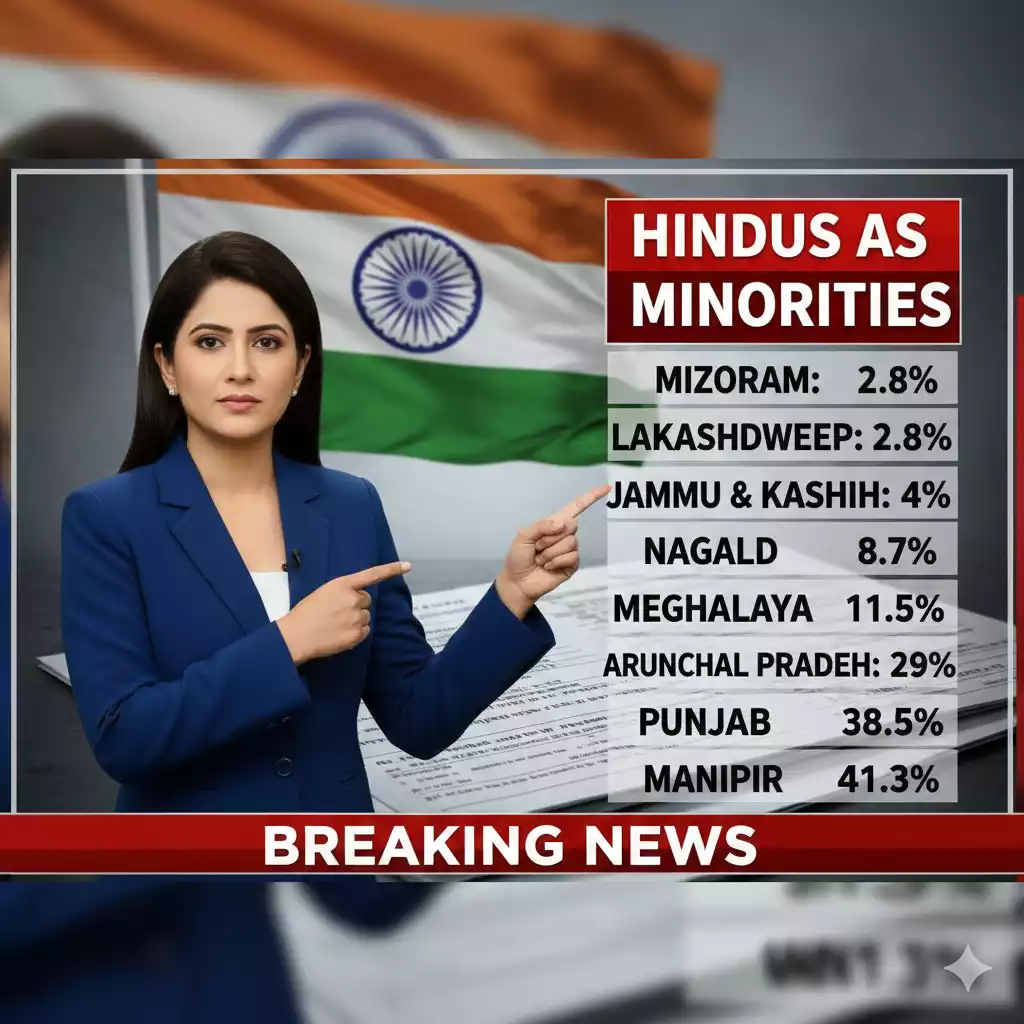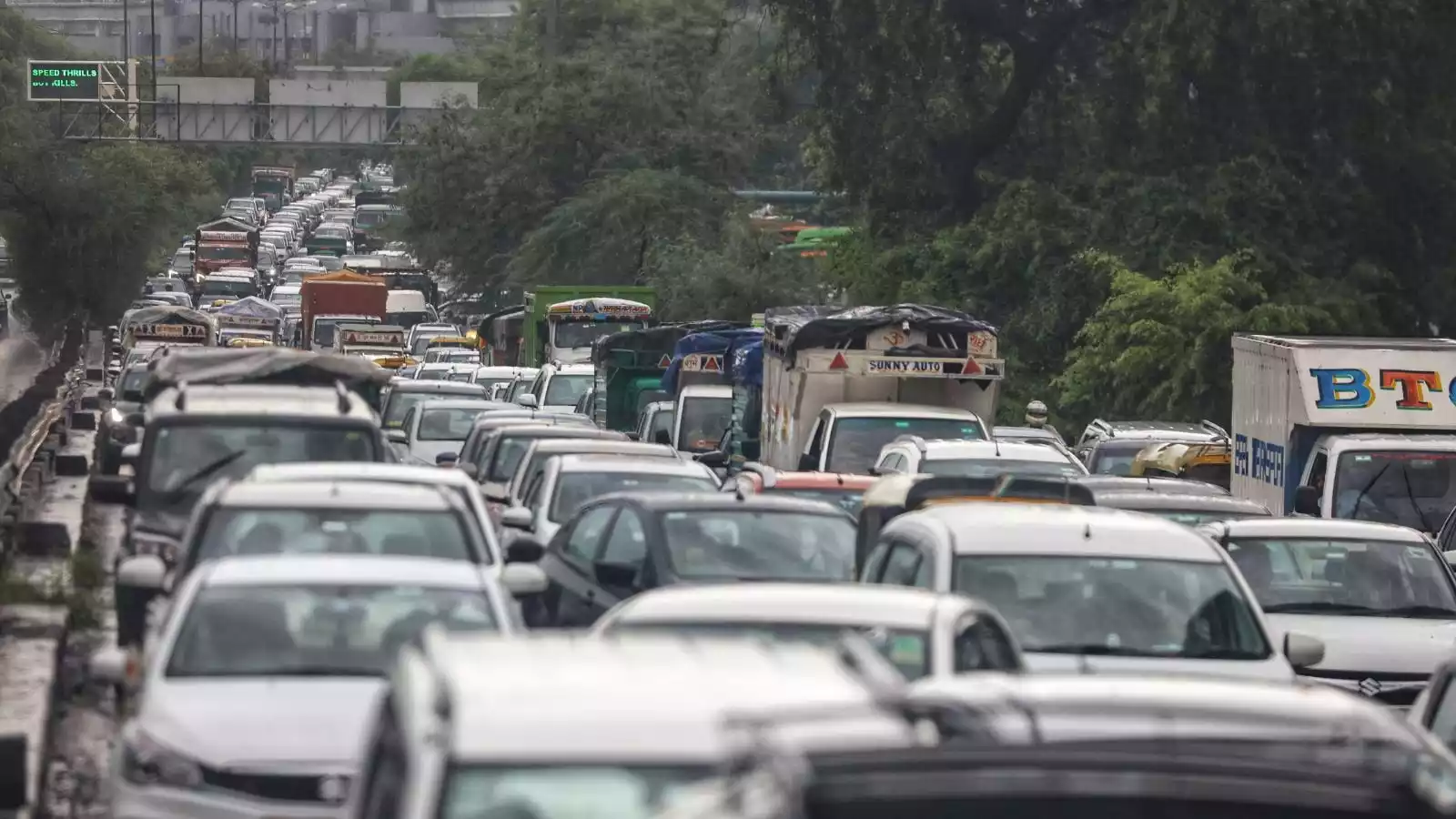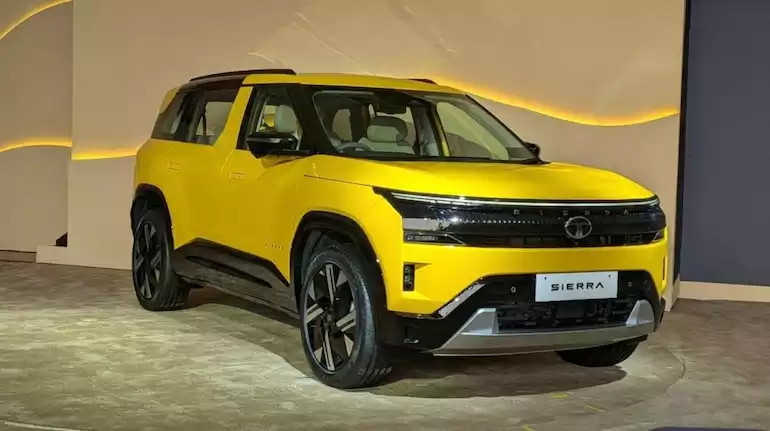350cc+ Bikes May See 40% GST in India: A Deep Dive into Proposed Tax Changes
GST On Bike: India is considering a major GST reform that could introduce a special 40% tax rate on motorcycles with engines of 350cc and above. This move is part of a broader restructuring of GST slabs aimed at simplifying the tax framework and addressing classification disputes in the automotive sector.
Current vs. Proposed GST Structure for Motorcycles
Currently, bikes with an engine capacity of 350cc or more are subject to a 28% GST. With a 3% cess, the total tax incidence on these high-end bikes is 31%. In contrast, luxury cars face a tax of up to 50% due to a higher cess.
Under the new proposal, bikes with an engine capacity below 350cc, which currently attract a 28% GST without cess, would see their tax rate reduced to 18%. The government aims to establish a simplified two-slab structure for all automobiles (excluding tractors): a standard 18% rate for small cars and bikes below 350cc, and a special 40% rate for all other vehicles, including the premium bike segment.
Impact on Premium Bikes and the Indian Market
The proposed higher tax on high-end bikes could lead to a significant rise in their retail prices, a cost that manufacturers may pass on to consumers. Popular models in the 350cc-and-above category, such as the Royal Enfield Classic, Meteor, Hunter, and Honda H’ness, would be directly affected.
This change could have a notable impact on consumer sentiment. An executive from a premium bike manufacturer noted, “Customers have been holding back their purchase since the new GST slab news came out. Demand has been picking up for the premium segment, and this will be a big negative for consumer sentiments.”
The segment of bikes above 350cc has been growing at a higher rate, with a 32% increase in FY25 compared to FY24, showing strong consumer interest. However, it’s a niche market, making up only a small fraction of the domestic two-wheeler market. According to the Society of Indian Automobile Manufacturers (SIAM), the segment below 350cc makes up a massive 97% of the Indian two-wheeler market, with consistent growth.
Who Benefits? The Case of Royal Enfield
If the GST on two-wheelers below 350cc is reduced to 18%, Royal Enfield could become a major beneficiary. While some of its direct competitors, like Bajaj-Triumph and Harley-Hero, have motorcycles with engines bigger than 350cc, a majority of Royal Enfield’s popular bikes are fitted with engines just below the 350cc limit, positioning them favorably to benefit from the tax reduction.
This proposed tax reform is part of a larger plan to streamline the existing multiple GST slabs into a simpler structure. The government’s proposal also intends to impose a special 40% rate on other sin and luxury goods. This would help the Centre and states mitigate potential revenue losses from the overall rate rejig.
FAQs on Proposed GST Changes
- Q: What is the proposed change in GST for bikes above 350cc?
- A: The government is considering a new GST slab of 40% for bikes with an engine capacity of 350cc and above. This is a significant increase from the current tax incidence of 31% (28% GST + 3% cess).
- Q: How will the GST proposal affect bikes with engines below 350cc?
- A: The GST on bikes below 350cc is proposed to be reduced from the current 28% to 18%. This change could make these bikes more affordable for consumers.
- Q: Why is the government proposing this GST reform?
- A: The primary goals are to simplify the GST framework, reduce the number of slabs, and address classification disputes in the automotive sector. It is also a way to generate revenue from luxury goods to offset potential losses from other rate reductions.
- Q: Which popular bike brands will be most affected by the 40% GST?
- A: Popular models from brands like Royal Enfield (e.g., Classic, Meteor, Hunter), Honda (e.g., H’ness), and other high-end manufacturers with bikes above 350cc will be directly impacted by the price increase.
- Q: How will this affect consumer demand for two-wheelers in India?
- A: The tax reduction on bikes below 350cc could boost sales in the mass market, while the price hike on premium bikes may negatively impact consumer sentiment and demand in that segment, at least in the short term.
- Q: Is this a final decision?
- A: The proposal has been prepared by the finance ministry and broadly approved by a Group of Ministers (GoM), but the final decision will be taken by the GST Council at its upcoming meeting.
- Q: Will scooters also be affected by these changes?
- A: No, all scooters sold in India have engines below 350cc, so they are not expected to be impacted by the 40% GST slab. They would likely fall under the proposed 18% GST slab.
The Benefits of Quitting Sugar for a Month: Discover and Try it Yourself

